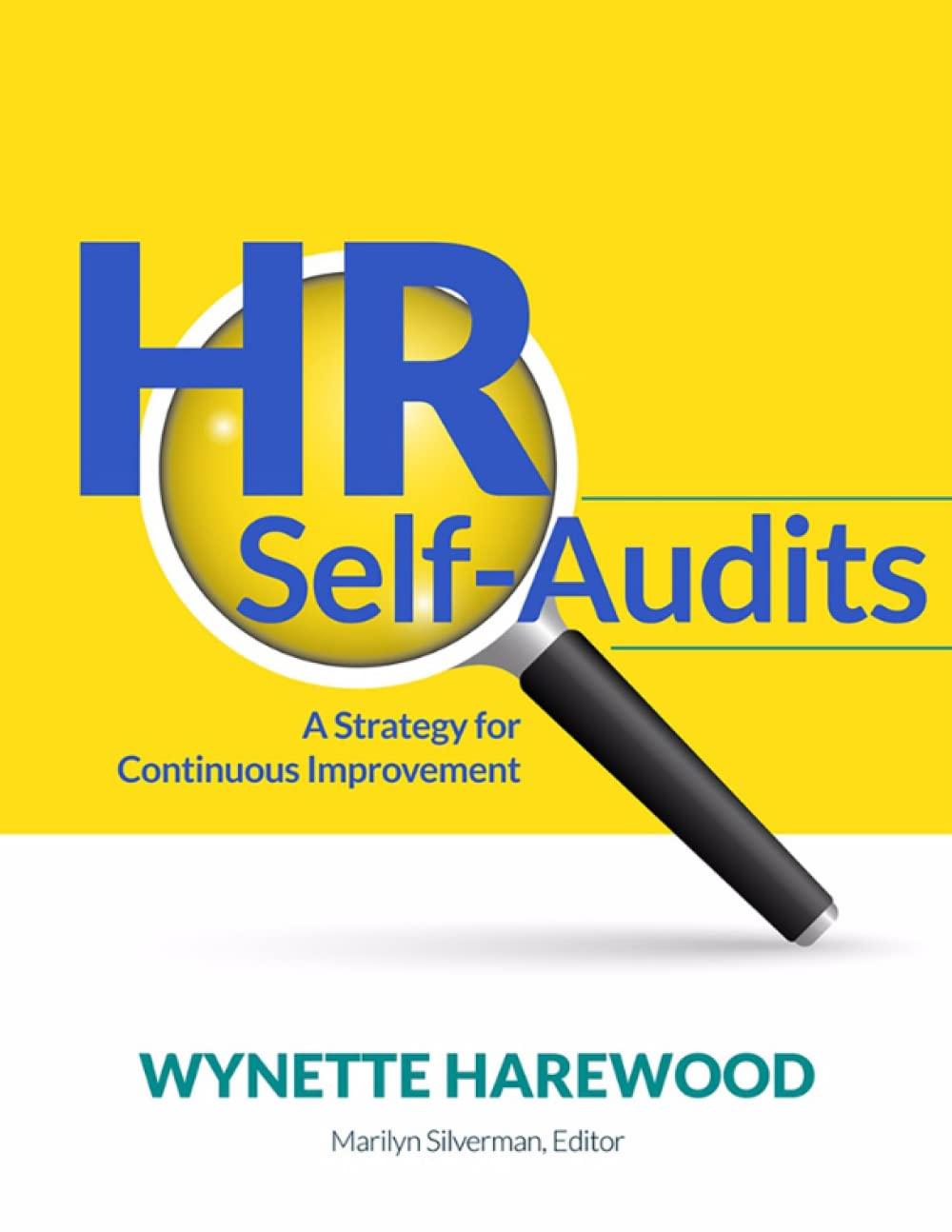I need to do my part which is : Distribution Logistics

111-069 MARCH 38, 2011 Cash Flow Productivity at PepsiCo: Communicating Value to Retailers on gross margin and not recognize the a retailer is about investing in assets (primarily the store and the It is Dery peroaste and dangerous mindset to focus completely cash flow. etr providing service with a relatively fixed labor pool, and generating cash from those resources. when making decisions in this complicated tworld of retail. When retailers deviate from that principle, they not only hurt themselves, but suppliers that serve them -Vivek Sankaran, PepsiCo's Senior Vice President, Corporate Strategy and Development Erik Peterson, regional vice president of sales and marketing for the Frito-Lay North America FLNA) Pacific Northwest division, moved slowly through the Seatle traffic as he headed to his office from an early morning parent-teacher conference in ctober 2010. As he sat in the line of cars, he thought about how he should prepare for a meeting next month with MercatCo, a 75-store supermarket chain that operated in the northwest region. Peterson had been struggling to get MercatCo and his other retail customers to use cash flow and ROIC (return on invested capital) to make merchandising decisions. He knew that PepsiCo's products-with their strong brand value, along with the impact of delivery direct to the shelf and faster sales velocity-generated more cash for retailers than their rivals. Unfortunately, most of Peterson's customers focused on gross margins when making purchasing and merchandising decisions and this tended to disadvantage PepsiCo's products. Even customers that monitored and understood the importance of cash flow had been reluctant to make merchandising decisions based on it. Peterson hoped to convince MercatCo to use a model that incorporated cash low. "This will put our products in a better light, our total cash flow dollars should easily surpass some of our competitors' products," Peterson explained. If MercatCo adopted this model, it would be PepsiCo's first customer to use cash flow as a merchandise performance metric. FLNA, along with Quaker Foods North America (QFNA) and Latin American food and sacks (LAF) comprised Peps Americas Foods (PAF), one of the three major business units of PepsiCo. The other two units were PepsiCo Amer Beverages (PAB) and PepsiCo International (PT) "The company name is disguised. Profesoar F. Adis Martnez-Jerez and Research Assocate Liss Brem prepared tris case. Certain detals have been disguised. HBS c develaped solely as the basis for class discussion. Cases aze not intended to serve as endorsements, sources of primary data, or illustrat effective or ineffective management 111-069 MARCH 38, 2011 Cash Flow Productivity at PepsiCo: Communicating Value to Retailers on gross margin and not recognize the a retailer is about investing in assets (primarily the store and the It is Dery peroaste and dangerous mindset to focus completely cash flow. etr providing service with a relatively fixed labor pool, and generating cash from those resources. when making decisions in this complicated tworld of retail. When retailers deviate from that principle, they not only hurt themselves, but suppliers that serve them -Vivek Sankaran, PepsiCo's Senior Vice President, Corporate Strategy and Development Erik Peterson, regional vice president of sales and marketing for the Frito-Lay North America FLNA) Pacific Northwest division, moved slowly through the Seatle traffic as he headed to his office from an early morning parent-teacher conference in ctober 2010. As he sat in the line of cars, he thought about how he should prepare for a meeting next month with MercatCo, a 75-store supermarket chain that operated in the northwest region. Peterson had been struggling to get MercatCo and his other retail customers to use cash flow and ROIC (return on invested capital) to make merchandising decisions. He knew that PepsiCo's products-with their strong brand value, along with the impact of delivery direct to the shelf and faster sales velocity-generated more cash for retailers than their rivals. Unfortunately, most of Peterson's customers focused on gross margins when making purchasing and merchandising decisions and this tended to disadvantage PepsiCo's products. Even customers that monitored and understood the importance of cash flow had been reluctant to make merchandising decisions based on it. Peterson hoped to convince MercatCo to use a model that incorporated cash low. "This will put our products in a better light, our total cash flow dollars should easily surpass some of our competitors' products," Peterson explained. If MercatCo adopted this model, it would be PepsiCo's first customer to use cash flow as a merchandise performance metric. FLNA, along with Quaker Foods North America (QFNA) and Latin American food and sacks (LAF) comprised Peps Americas Foods (PAF), one of the three major business units of PepsiCo. The other two units were PepsiCo Amer Beverages (PAB) and PepsiCo International (PT) "The company name is disguised. Profesoar F. Adis Martnez-Jerez and Research Assocate Liss Brem prepared tris case. Certain detals have been disguised. HBS c develaped solely as the basis for class discussion. Cases aze not intended to serve as endorsements, sources of primary data, or illustrat effective or ineffective management








